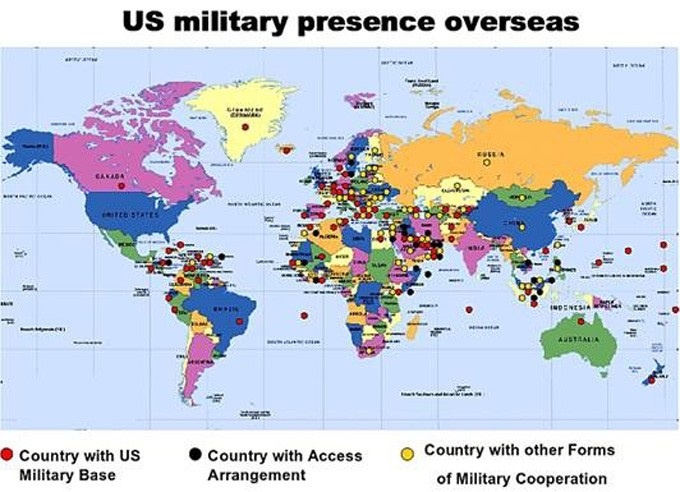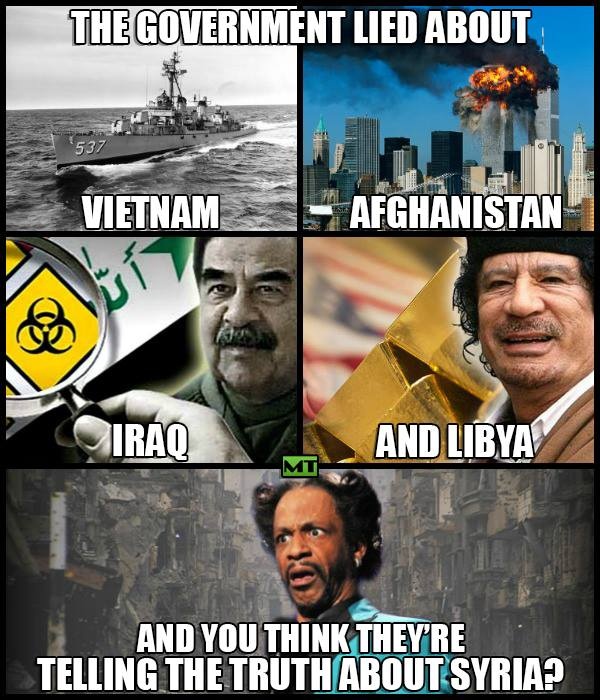
What’s Behind the Boom in Post-Cold-War US Military Interventions?
Donald Smith / ThinkerFeeler / Special to EAW
(September 5, 2022) — The Quincy Institute for Responsible Statecraft recently had a zoom meeting — “The Sugar High of Unipolarity: Why US Military Interventions Increased after the Cold War” — featuring Monica Duffy Toft, Sidita Kushi, and John Mearsheimer.
Toft and Kushi are authors of a new paper in the Journal of Conflict Resolution: Introducing the Military Intervention Project: A New Dataset on US Military Interventions, 1776–2019 They did a (statistical) data analysis of US wars of interventions, concentrating on the years since WWII and the years after the end of the Cold War.
The war in Ukraine would not be counted as an “intervention” according to Kushi and Toft’s methodology. So they said. If they counted coups, proxy wars, and dirty tricks, the number of interventions would be far higher.
My first comment on this is: if the US has done enough interventions that you need statistical data analysis to understand them, something is seriously wrong.

The journal article’s abstract reads:
While scholars have made many claims about US military interventions, they have not come to a consensus on main trends and consequences. This article introduces a new, comprehensive dataset of all US military interventions since the country’s founding, alongside over 200 variables that allow scholars to evaluate theoretical propositions on drivers and outcomes of intervention. It compares the new Military Intervention Project (MIP) dataset to the current leading dataset, the Militarized Interstate Disputes (MID). In sum, MIP doubles the universe of cases, integrates a range of military intervention definitions and sources, expands the timeline of analysis, and offers more transparency of sourcing through historically-documented case narratives of every US military intervention included in the dataset. According to MIP, the US has undertaken almost 400 military interventions since 1776, with half of these operations undertaken between 1950 and 2019. Over 25% of them have occurred in the post-Cold War period.

Some of the Findings:
- 1/4 of US wars since 1776 occurred after the end of the cold War.
- The rate of interventions was higher from 1990 to 2001, after the Cold War but before the war on terror than post 9/11.
• The data show that the US intervenes MORE in more democratic countries.
• Toft and Kushi are writing an upcoming book about Is America a bully?
• We were ramping up the use of force when the use of force was counterproductive and unnecessary.
• Most Americans support a more constrained foreign policy, according to polling.
• International polls say the US is viewed as more of a threat than China and Russia (prior to the Ukraine war). - Our adversaries (Putin and Xi) use US war-mongering to justify their own belligerence.
- We’re spending more and getting a lot less. We’re spending American blood and treasure in places that aren’t central to US interests.
Toft is not against all interventions, but too many go poorly.vSidita Kushi said:
• 1952 1974 are the only two years since WWII in which the US was not involved in an overseas military intervention.
• The rate of interventions has escalated.
• Rate increased from 3 to 7 interventions per year after 1991.
• Targeted countries are now less relevant to vital national interest. - The US is quicker to escalate to the direct use of force.
- John Mearsheimer said:
Post-Cold War the US was in a unipolar year until about 2019. That may explain the increase in interventions: the US felt unconstrained. Now we’re in a multi-polar world (China, Russia maybe), so presumably there’d be fewer interventions. But, of course, there is higher danger from great-power war with Russia and China.
Because of our “bone-headed” policies, we made enemies of both Russia and China. He thinks the US will try to contain China. The question is: how aggressive and expansive should we do that? Neocons want to be aggressive. That’s risky and costly.
- The US effort to spread democracy and reshape the world in our image failed. We attacked democracies: Iran, Guatemala, Chile. We supported dictators. We’re doing it with Saudi Arabia now. We cover it up with liberal rhetoric and try to portray ourselves as noble defenders of democracy.
• Due to path dependencies/inertia, it’s hard to demilitarize foreign policy. Both Republican and Democratic administrations have similar foreign policy.

- “They’re all in love with war, actually”
- At first the US was just a “Western hegemon.” Now it’s expanded to be a global hegemon.
• We’ve got lots of forces pushing us in the direction of business-as-usual militarism.
• We never had a peace dividend.
My questions to the moderator were:
1. The obvious answer to the question about why interventions have increased is: Because it’s profitable for the military-industrial complex. How much validity is in that explanation? Other people asked that question too. The moderator said that the viewers were screaming that question.
- Did anyone investigate CIA/NED/covert interventions, provocations, coups, and proxy wars (e.g., in Ukraine)? Overt wars are the tip of the iceberg.
Monica Duffy Toft mentioned that Boris Johnson opposed Ukraine’s peace negotiations with Russia — something some people (including my member of Congress) deny.

Webinar on The Sugar High of Unipolarity:
Why US Military Interventions Increased after the Cold War
The Quincy Institute for Responsible Statecraft
(September 6, 2022) — Of the approximately 400 military interventions the US has conducted since 1776, half occurred between 1950-2019, and more than 25 percent occurred in the post-Cold War period. This startling statistic is according to a “new, comprehensive dataset of all US military interventions since the country’s founding” that Sidita Kushi and Monica Duffy Toft unveiled in a recent article published in the Journal of Conflict Resolution.
This dataset contains “over 200 variables that allow scholars to evaluate theoretical propositions on drivers and outcomes of intervention…[and] doubles the universe of cases, integrates a range of military intervention definitions and sources, expands the timeline of analysis, and offers more transparency of sourcing through historically-documented case narratives of every US military intervention included in the dataset.”
Why did the frequency of US military interventions increase after it had defeated the Soviet Union and American safety was at its height during the “unipolar moment?” Do we intervene because we have to — or because we can? Can this militaristic American grand strategy continue as the international system shifts to multipolarity?
Join our conversation with Monica Duffy Toft, Professor of International Politics at Tufts University, and Sidita Kushi, Assistant Professor of Political Science at Bridgewater State University, and John Mearsheimer, the R. Wendell Harrison Distinguished Service Professor at the University of Chicago. The moderator was QI Executive Vice President Trita Parsi.
Posted in accordance with Title 17, Section 107, US Code, for noncommercial, educational purposes.